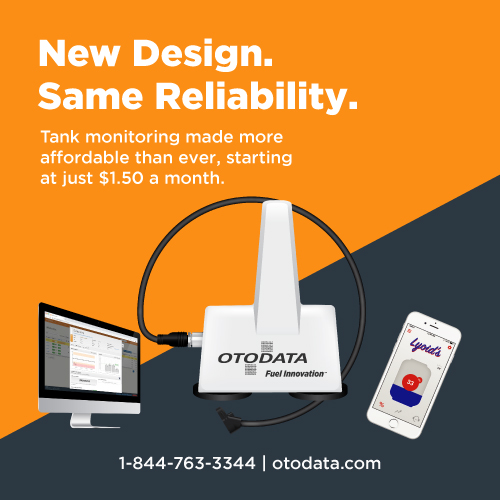Strategies for Adopting New Technologies and Steering Clear of Common Errors

Adopting new technologies can transform how an organization operates, but it also comes with its own set of challenges and risks. Whether integrating cloud computing, artificial intelligence, or blockchain, a clear strategy aligned with your specific business goals is essential. Here, we explore strategies to successfully implement new technologies and avoid common pitfalls.
Setting Clear Objectives
A common mistake companies make is jumping into new technology without a well-defined purpose. Without specific goals, you may end up with tools that don’t fit your needs, waste resources, or cause more problems than they solve. Clearly outline your objectives, considering business goals, customer needs, and market trends. Ensure everyone involved understands and supports these objectives.
Managing Change Effectively
The introduction of new technologies often is met with resistance from employees and customers, stemming from fear, skepticism, or discomfort with new processes. To manage this change effectively, involve stakeholders early in the process. Provide thorough training and support, highlight the benefits of the new technology, and address any concerns directly.
Ensuring Seamless Integration
Failing to integrate new technologies with existing systems can lead to data silos, compatibility issues, and security vulnerabilities. Plan for how new technologies will fit into your current IT infrastructure. Establish clear protocols for data management, security, and interoperability with existing platforms to ensure seamless integration.
Building the Right Skills
Implementing new technology requires specific skills that may not be present in your current workforce. Identify these skill gaps early and invest in training, hiring new talent, or outsourcing. Encourage a culture of continuous learning where employees are motivated to develop new skills and stay updated with technological advancements.
Measuring Performance
Without measuring the impact of new technologies, it’s hard to know if they are successful or need adjustments. Establish clear performance indicators and regularly monitor them to ensure the technology is meeting its goals. Collect feedback from users and analyze data to make informed improvements.
Key Steps for Successful Technology Implementation
Define the Purpose
Start by clarifying why you need the new technology. Avoid vague reasons like “to keep up with our competitors” or “to stay current and up-to-date.” Instead, pinpoint specific business needs and how the technology will address them. This clarity will guide your entire implementation process.
Select the Right Technology
Once your goals are clear, research the technology that best meets your needs. Learn about different options and evaluate how well they align with your objectives. Focus on understanding the technology itself, not just the vendors promoting it.
Choose the Right Vendor
After selecting the proper technology, find vendors who offer it. Use industry resources, online research, and direct communication to assess potential vendors. Discuss your specific needs with them and seek detailed demonstrations. Ensure that you understand all aspects of the technology, including costs, available support, and implementation timelines.
Plan the Implementation
Careful planning is crucial for smooth implementation. Consider how the new technology will change workflows and impact staff. Communicate your plans clearly and involve employees in the planning process. Develop a detailed implementation plan and, if possible, conduct a trial run to identify potential issues.
Post-Implementation Support
After deployment, be prepared for an adjustment period. Offer continued support and training to help employees adapt. Monitor the technology’s performance and be ready to make any necessary adjustments. If the technology doesn’t meet your expectations, work with the vendor to find a resolution.
By following these strategies, businesses can avoid common pitfalls, and ensure their technology investments deliver real value. Adopting a strategic approach will help align new technologies with business goals, driving innovation and growth.
















